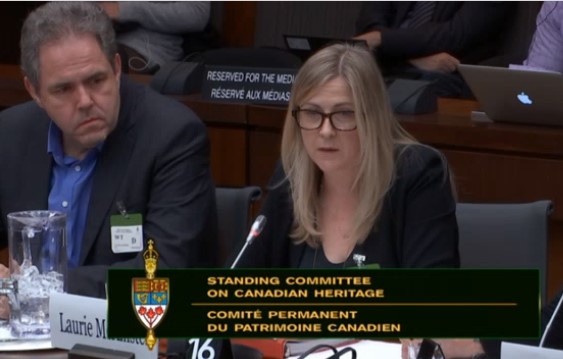To define our market value as performers, it is important we examine any changes that can affect how we get paid. In 2016, I wrote a story for ACTRA Magazine entitled, “Show me the Money,” which illustrates payment models and how they work. Building on this article, this interview with ACTRA PRS and RACS Director Laurie McAllister will help us better understand the challenges we face in the digital age.
Theresa: There are big changes to how our work is being seen. What are the positives in the new and developing models?
Laurie: With so many more players emerging and competing for audiences, we’re seeing more content being produced. The positive is there are more work opportunities for performers.
Does content continue to retain the same value it had in the traditional, linear TV model?
Just like in the traditional, linear TV model, each production is different depending on its scale, budget and audience, but there is no inherent reason for content to be devalued just because it’s exploited on a non-traditional platform.
How far along are we on the trajectory of shifting from conventional to digital consumption? Digital consumption is going up and conventional is going down, but people are still watching both. Audiences expect access to all content digitally, even if it’s available on linear television first. Indicators show high-budget series on conventional television still have traction and value. There continues to be a downstream market for large-scale productions so we still expect to see backend revenue.
To be clear, is the income we, as performers, derive from conventional still the majority of the money we are making in the backend?Yes, income from productions made for conventional platforms still account for the majority of performers’ income. Because of the way our prepayment and advance payment systems are structured, the payments we are collecting now are attributed to productions made four or five years ago. It will take a few more years for us to have a better sense of the long-term impact of the digital shift, if any.



